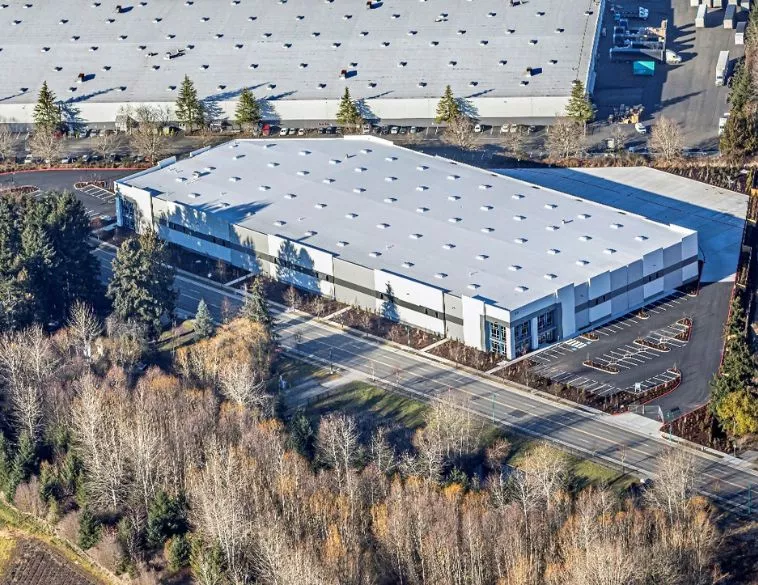The Goldilocks Dilemma


Fleet managers don’t want to collect too much or too little data. They need to get it just right.
The wonderful world of telematics opens up almost limitless possibilities, and some fleet professionals struggle to manage the abundance of data that they want to collect. Too much data, and you’re likely to drown in all the numbers. Too little, and you won’t have enough to work with.
“Instead of trying to collect a lot of data, focus on two or three KPIs [Key Performance Indicators] that will help you run your fleet on a day-to-day basis,” says Guillaume Poudrier, Founder and President of Geothentic. “I think it’s important to cover the basics first, including where all your equipment or vehicles are at any point in time, along with critical information about the engine hours or odometer. It’s really surprising how many fleets don’t collect this basic information. For me, this is the starting point.”
One of the biggest mistakes fleet professionals make, according to Poudrier, is collecting telematics data, but then not knowing what to do with it. “Some think that collecting data is going to magically solve the problem they’re trying to solve,” he adds. “But you need to have someone in place who can manage the data you collect and do something with it. The goal is not to collect information. The goal is to do something with it, once you collect it.”
Lost in the noise
Bob Bradley, Associate Vice President, Data Science & AI Engineering at Geotab agrees. “I think the most critical thing that a fleet manager should be concerned with is how to harness the data they have at their disposal,” he explains. “So regardless of whether it's a lot of data or a minimal amount of data, they need to make sure they're using the right tools to look at the data and to find the insights that can make a difference, and that will allow them to make informed decisions.”
Too much data, he adds, can be difficult to manage and use effectively. "A lot of data can seem overwhelming and it can be difficult to find the signal in all of that noise,” he says, “but by using a tool like MyGeotab, this process becomes much easier, allowing you to focus on the right areas to address your biggest opportunities.”
Collecting the right data
According to Oniel Crawford, Director, Strategic Advisory & Client Analytics at Element, it’s critical to understand what kind of data actually need to be collected. “While clients often come to us with specific data collection requirements, we frequently find that these requests do not fully address their stated objectives,” he says. “For example, a client might focus on collecting engine diagnostic codes to reduce maintenance costs, but overlook the importance of complementary data like driver behaviour or route efficiency, which could provide a more comprehensive solution.”
To address this challenge, Crawford recommends a dual approach. “We prioritize collecting the data explicitly requested by the client to meet their initial requirements,” he explains. “In this case we address the overall objective and guide them as to what data would be relevant.
“Simultaneously, we gather a broader set of standardized data based on proven telematics frameworks. This ensures we provide a robust dataset that comprehensively responds to their fleet needs.”
Ultimately, Crawford adds, the goal is to strike a balance: collecting enough data to support actionable insights while avoiding unnecessary complexity. “By aligning data collection with strategic objectives and industry best practices, fleet professionals can transition from being data-rich to insight-rich, unlocking the true potential of telematics solutions.”
Crunching the numbers
Once all the data is collected, fleet professionals need to make sure they have the right tools in place to analyze the numbers and make good use of it. That’s when outside help can be beneficial.
“More often than not, this analysis far exceeds a fleet operator’s internal resources, and it is extremely beneficial to align with strong strategic partners who can help you maximize the potential of your telematics solution,” says Ed Powell, Director, Consulting Services, Holman.
In addition to being the data integrator, a fleet management partner should also be a solution provider and an agent of change. “Your fleet management provider needs to make the data actionable, providing recommendations and solutions that deliver value to your organization,” Powell adds. “Together, you’ll want to leverage the data to uncover the ‘why’ behind your business challenges to develop a better ‘how’ for improvement.”
Additionally, Powell says, fleet management providers typically work with a variety of fleets (many of whom are similar to yours), and they’re aware of unique or emerging use cases that may be able to help your fleet overcome a particular challenge.
Need for flexibility
The balance between too much and not enough telematics data boils down to the question all fleet professionals need to ask themselves: Why am I collecting the data in the first place?
“Determining the right amount of data begins with truly understanding what you are trying to achieve with your telematics solution,” says Frank Daccardi, Manager, Telematics Solutions, Holman. “What is the outcome you’re striving for or challenge you’re trying to overcome? With that intent or goal clearly defined, you can then leverage telematics to measure and report on the key metrics associated with those aspects of your fleet.”
In addition, fleet managers need to be willing to change and adapt their data-gathering goals as their situation evolves. “It is important to keep in mind that your priorities and use cases are likely going to change over time,” Daccardi concludes. “The right amount of data today, or the key performance indicators you’re monitoring now, are going to continue to evolve as your priorities or use cases shift.”




